What do we mean by restoration ?? Some thoughts...
The_Mohave__Kid
20 years ago
Related Stories

HOUZZ TOURSHouzz Tour: A Boston Brownstone Is Restored to Glory and Then Some
Victorian-era architectural details create a strong base for an eclectic mix of furniture, accessories and modern art
Full Story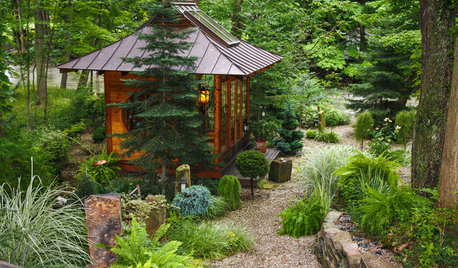
LANDSCAPE DESIGNMysticism and Meaning Meet in an Ohio Artist’s Gardens
Step into landscape scenes rife with symbolism, inspired by math, philosophy and the stars
Full Story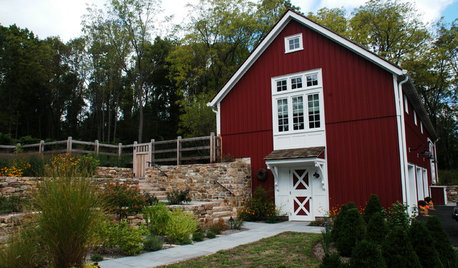
HOUZZ TOURSHouzz Tour: Farmhouse Meets Industrial in a Restored New Jersey Barn
Amish craftsmen, trusting clients and an architect with a vision save a historic barn from a complete teardown
Full Story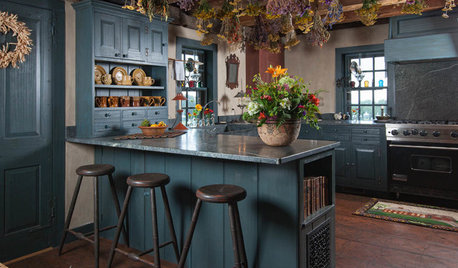
HOUZZ TV FAVORITESHouzz TV: See How Early Settlers Lived in This Restored Pilgrim House
Passionate restoration and preservation efforts give a 1665 home an honored place in the present
Full Story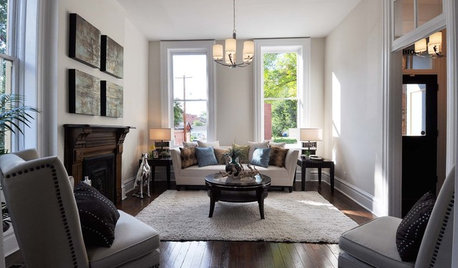
HOUZZ TOURSHouzz Tour: Restoration Revives a Historic Italianate Home
Painstaking work on a 3-bedroom in St. Louis results in a home that marries modern conveniences and respect for the past
Full Story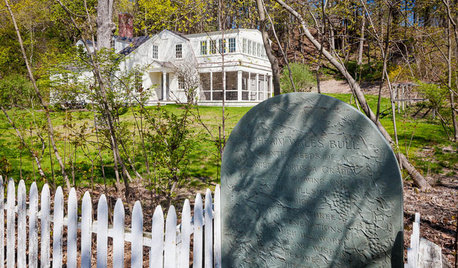
TRADITIONAL HOMESHouzz Tour: Historic Concord Grapevine Cottage’s Charms Restored
This famous property had fallen on hard times, but passionate homeowners lovingly brought it back
Full Story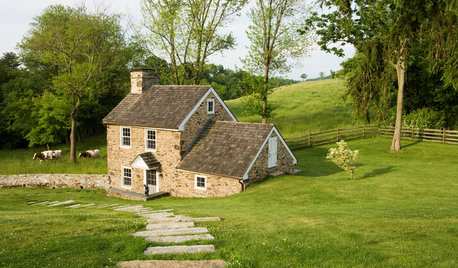
BEFORE AND AFTERSRestoration Rallies a 1790 Stone Springhouse
An old outbuilding gets a new purpose — several purposes, that is — thanks to careful efforts by stonemasons and architects
Full Story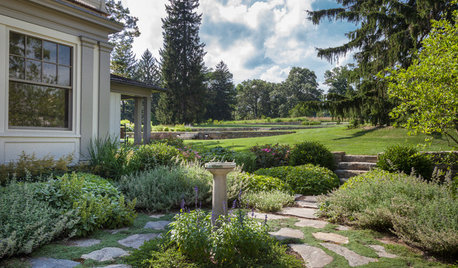
TRADITIONAL HOMESHouzz Tour: Connecticut Farm Restored for Generations to Come
A man renovates his extended family’s stately farmhouse and land. Sustainable practices are used in gardens, wetlands and recreation areas
Full Story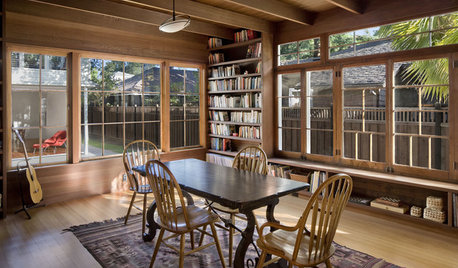
REMODELING GUIDESReplace vs. Restore: The Great Window Debate
Deciding what to do with windows in disrepair isn't easy. This insight on the pros and cons of window replacement or restoration can help
Full Story
ARCHITECTUREBack to the Futuro: Tour a Lovingly Restored ‘Spaceship’ Home
Travel back to the ’60s Space Age with a rare glimpse inside an original House of the Future
Full StorySponsored
Central Ohio's Trusted Home Remodeler Specializing in Kitchens & Baths
More Discussions






ginger_nh
ginger_nh
Related Professionals
Ashland Landscape Architects & Landscape Designers · Lake Oswego Landscape Architects & Landscape Designers · Leawood Landscape Architects & Landscape Designers · Rancho Cordova Landscape Architects & Landscape Designers · Peabody Landscape Contractors · Cornelius Landscape Contractors · Kahului Landscape Contractors · Webster Groves Landscape Contractors · North Hollywood Siding & Exteriors · West Hempstead Siding & Exteriors · Anderson General Contractors · Canandaigua General Contractors · Kilgore General Contractors · Modesto General Contractors · Wheeling General Contractorsspectre
venezuela
acj7000
The_Mohave__KidOriginal Author
spectre
enchantedplace
mdvadenoforegon
Saypoint zone 6 CT
Cady
The_Mohave__KidOriginal Author
mjsee
Cady
Cady
Cady
Frizzle
phdnc
Cady
Cady
phdnc
Cady
phdnc
Cady